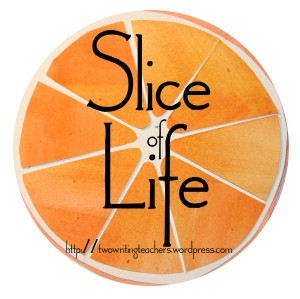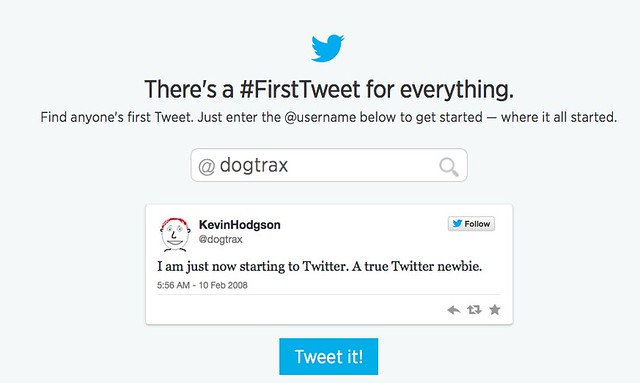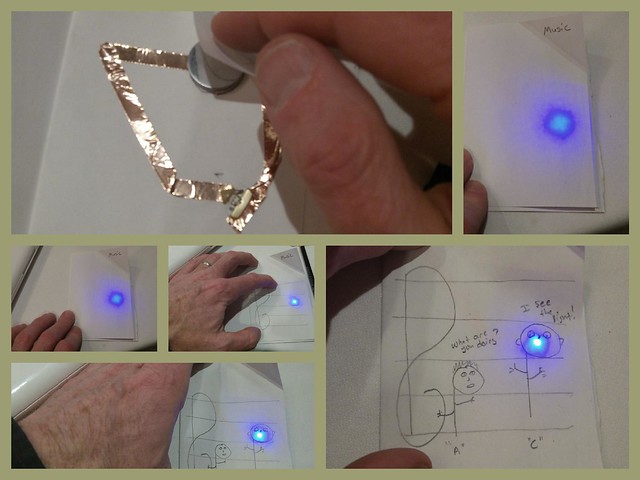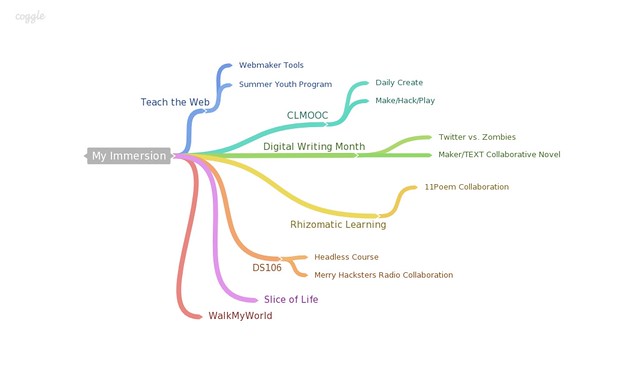
(This is part of the Slice of Life Challenge with Two Writing Teachers. We write about small moments each and every day for March. You come, too. Write with us.)
In my push to experience a variety of open education programs (MOOCs and such), I signed up for the Learning Connected Learning 2 through the MIT Media Lab’s Lifelong Kindergarten project (and via the Educator Innovator network). I’m feeling a bit lost with it, though, and I can’t tell if it my own fault (I haven’t been paying attention?) or the way the course is set up (it isn’t drawing me in as it should?).
I’m paying attention to this feeling of not quite being “there” because this coming summer, as with last summer, I am going to help to lead the Making Learning Connected MOOC for teachers (I hope you come, too!) We had a blast last summer — playing, making, connecting, reflecting — and we hope to replicate the experience and expand it this summer, too. Without pointing fingers at the LCL2 folks, who no doubt have worked hard to create a space for exploration, something seems to be lacking for me. I don’t feel connected into the experience. But it might be me, and I might need to buckle down and dive deeper in.
So, yesterday morning, I tried one of the activities: introduce yourself via Scratch. If you don’t know what Scratch is, it’s a programming tools out of MIT that allows you to do simple coding and animation. I’ve never been a huge fan of Scratch — when I have used it with students, they lose interest quickly — but I like the concept of visual programming, and you can see the influence of Scratch’s innovative ideas in many apps and programs that teach students how to program and code. Apparently, though, thousands of kids are regularly using it, and the Scratch Community is huge and very active. So, it might be the way I taught Scratch, and not the platform itself. (There’s a theme of doubt coursing this post, I realize).
Here’s what I created as a short introduction to myself in Scratch:
This is a screenshot of the editor area:

Peace (in the play),
Kevin





